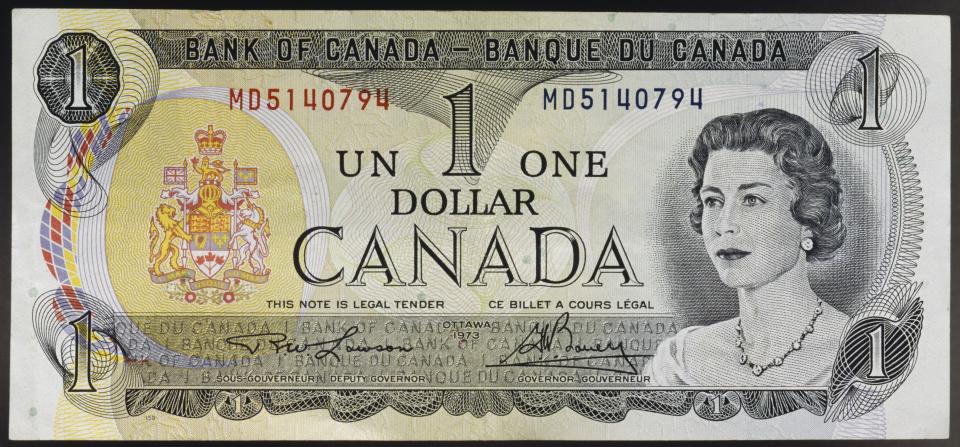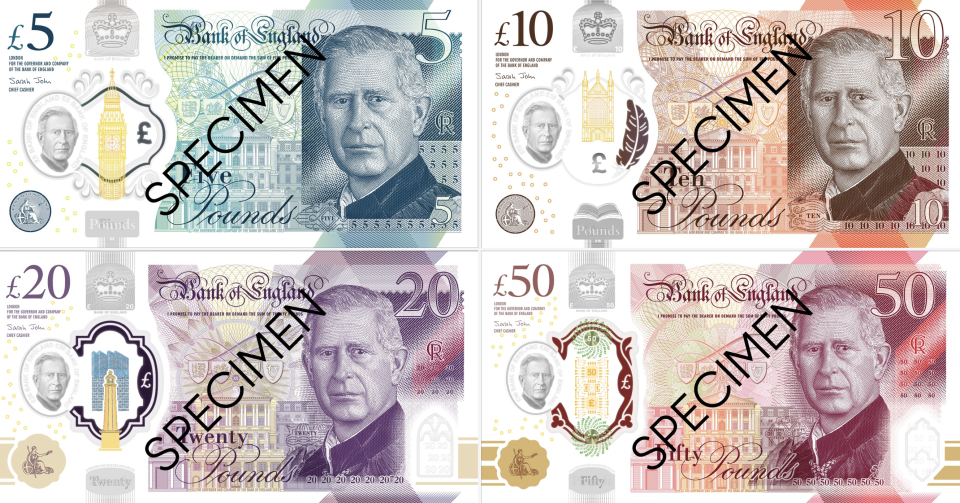
In light of King Charles’ recent coronation, Canadian $20 bills and coins will soon be getting a facelift.
Ottawa announced that banknotes and coinage will be redesigned to feature a portrait of the commonwealth’s newest head of state, replacing the representation of his mother, Queen Elizabeth II, who died on Sept. 8, 2022.
The federal government says the redesigned coins featuring an updated effigy will be available in the coming months, while the bank notes will take a few years, but an exact timeline has not been revealed. The final design will need the official approval of the King before going into circulation.
An effigy of the reigning monarch first started appearing on Canadian coins in 1908, when the Mint began production, then on Canadian bank notes beginning in 1935, when the Bank of Canada launched.

During her reign, Queen Elizabeth II was featured on four different versions of our coins over the years: in 1953, 1965, 1990 and 2003. Money featuring her image that remains in circulation will continue to be considered legal tender.
Elsewhere in the Commonwealth, the King’s official effigy coins are already being featured in the UK on the 50-pence coin and a commemorative 5-pound coin, which were released in December 2022.
Following the traditional design of the coin, the King’s portrait faces to the left, while the portrait of Queen Elizabeth II faced to the right.
The Bank of England also announced in December what their 5, 10, 20 and 50-pound banknotes will look like with the new portrait of King Charles. Those banknotes are expected to go into circulation by mid-2024.

The Reserve Bank of New Zealand revealed that it will feature King Charles’ portrait on its money, replacing that of his mother. But in Australia, the King’s likeness won’t appear on banknotes. Instead, the Reserve Bank said it intends to replace the Queen’s effigy on $5 banknotes with an Indigenous design honouring the legacy and culture of the First Australians. King Charles will still be featured on the country’s coins.
Meanwhile, several Caribbean nations won’t follow the lead of England, Canada and New Zealand in replacing their legal tender’s imagery of the reigning monarch. The Eastern Caribbean Central Bank has politely declined the idea of a redesign, reportedly saying they had “no appetite” for such a change.
Justin Vovk is a royal historian and PhD candidate of early modern history at McMaster University. He says as long as humans have been printing their own currency, they’ve put rulers’ faces on it. This dates back to ancient Rome, when Caesar’s face was stamped on coins. When England started minting its own coins in the 1200s and 1300s, putting the monarch’s face on it was a way of showing all money in the kingdom was owned by the King. It was also a way of preventing fraud.
“In those days, coins were valued based on the amount of mineral and silver that was in them,” he tells Yahoo News Canada. “So you have the King’s face stamped on it was a way of showing its authenticity.”
Vovk says while many Canadians were surprised by the announcement that the King will be featured on our currency, he says it’s a way for the government to strengthen its connection with the monarchy. But the other option wouldn’t be as big a deal as people would think.
“Canada has its own unique history, events and people who’ve shaped the uniqueness of Canada,” he says. “Having other people (than the reigning monarch) on the currency isn’t a huge slight to the monarchy…when you’re trying to adapt the monarchy to try and make it relevant to each country, it means it’s an evolutionary process.”






